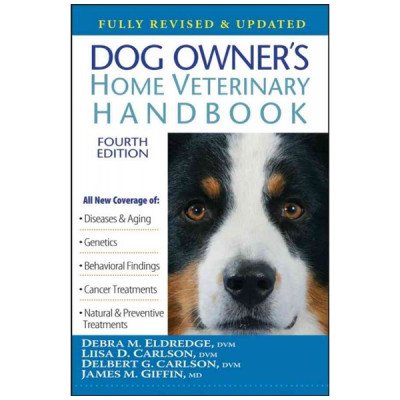Signs And Symptoms of Hip Dysplasia in Dogs
Canine hip dysplasia is a genetic concern that begins to appear from 4 to 12 months. Not all new puppies in a litter will establish it, though if your puppy has canine hip dysplasia, she should not have puppies.
Bigger types of canines have a greater danger of having hip dysplasia, as a result of the greater weight these joints will have to bear. However it is essential to understand that lap dogs could be affected additionally. Large breed pets in danger feature rottweilers, german shephards, gold retrievers, dalmations, and blood hounds.
Canine hip dysplasia has an effect on the ball and socket joint of the hip. The head of the large bone in the pet's leg doesn't fit comfortably into the hip outlet. The trouble is that the socket itself is not well developed, and it develops a lot of stress on the joint. The muscular tissues do not establish as quickly as the bone grows, and a situation is made where the weight the joint has to bear is higher than the capacity of the tendons, tendons, and muscular tissues around the joint. Therefore joint vulnerability creates. This in turn leads to a greater wear and tear compared to the joint would usually experience.
Canine hip dysplasia varies from moderate to moderate. In light instances, the space between the joints is greater than regular and the ball on top of the hip bone is component way out of its socket. The good news is, in mild cases, there are no linked arthritic changes in the joint.
In modest canine hip dysplasia, the leading part of the normally rounded hip bone begins to flatten, and it rests only loosely in the joint. Bone spirs begin to establish, and arthritic modifications begin to happen.
However, in serious hip dysplasia, there is definite arthritis present. And once arthritis shows up in the joint, the condition is permanent. In the severe situations such as this, the hip bone is entirely out of the joint. The silver lining is, nevertheless, that not all puppies with hip dysplasia and arthritis will certainly end up being lame. Some might come to be lame as young puppies, some may not ever come to be lame.
Indicators of hip dysplasia include:.
- strolling with a limp.
- a persuading gait.
- bunny hopping when running.
- problem in the back legs when standing up.
- discomfort in the hip.
- when the young puppy is pushing its back, its back legs may not extend towards the frontal legs without pain.
The only method to figure out if your canine definitely has hip dysplasia is if he has an x-ray by a vet. This normally means the pet dog will certainly have to be heavily sedated, or go under anesthetic.
Guideline To Stop Canine Hip Dysplasia
- Do not feed an expanding puppy a diet regimen expensive in calories. It is essential that the expanding pet's dietary necessities are satisfied, however excessive weight, and fast weight gain, produce additional of a tons for the joints to bear. If a canine is genetically predisposed to hip dysplasia, this can delay the start of symptoms, or decrease the chance of it developing into a much more serious kind.
- Be careful concerning the sort of physical exercise increasing canines acquire. Jumping up and down from heights, and standing on their back legs, such as when they stand against a fencing or window to examine it, can exacerbate the joints whilst they are increasing quickly.
- Buy dogs from a trusted breeder. If one parent pet dog has hip dysplasia, the danger of it taking place in the clutter is doubled. Great breeders take care to stop this circumstance from taking place. The lineages of pet dogs can be examined to see whether they have been certified as normal by the Orthopedic Foundation For Animals (OFA) in the US.
Other companies that inspect for hip problems in pets are PennHip and the GDC (Genetic Illness Control in Animals). Big breed pet dogs have a better possibility of creating hip dysplasia, and possible owners would certainly be a good idea to take this preventative measure.
Resources: J Griffin and L Carlson, Dog Owners Home Veterinary Handbook

